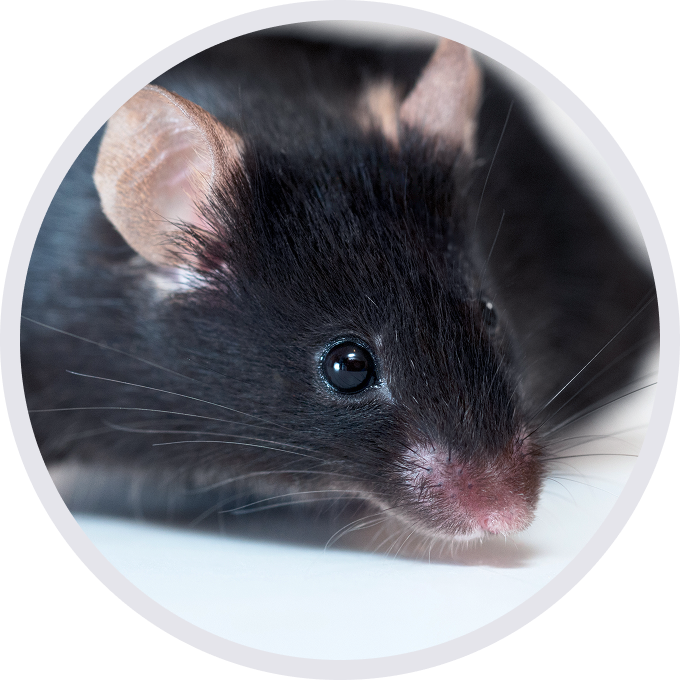Description
- CLDNs are important components of tight junction proteins, including the classic CLDNs (CLDNs 1-10, 14, 15, 17, 19) and the non-classic CLDNs (CLDNs 11-13, 16, 18, 20-27), with at least 27 family members. CLDN6 is one of the 27 members of the CLDNs family. Its cDNA was isolated from the ectoderm-specific library in 1995 and was identified from the differentiated embryonic body in 2001. CLDN6 is highly specifically expressed in various cancers such as ovarian cancer, testicular cancer, cervical endometrial cancer, liver cancer and lung adenocarcinoma, but is hardly expressed in adult normal tissues. It can activate multiple pathways involved in multiple processes of tumor occurrence, including promoting tumor growth, migration and invasion, and promoting tumor chemoresistance. In recent years, CLDN6 has attracted widespread attention from researchers as a new target for cancer treatment. Various types of anti-cancer drugs targeting the CLDN6 target have been developed, including antibody-conjugated drugs, monoclonal antibodies, bispecific antibodies and CAR-T.
- The exon 3 of mouse Cldn6 gene that encode the whole molecule (ATG to STOP codon) was replaced by human counterparts in B-hCLDN6 mice plus. The promoter, 5’UTR and 3’UTR region of the mouse gene were also retained. The CLDN6 expression was driven by endogenous mouse Cldn6 promoter, while mouse Cldn6 gene transcription and translation will be disrupted.
- Human CLDN6 mRNA was only detectable in fetal liver and placenta of homozygous B-hCLDN6 mice plus but not in wild-type C57BL/6JNifdc mice.
Targeting strategy
Gene targeting strategy for B-hCLDN6 mice plus. The exon 3 of mouse Cldn6 gene that encode the whole molecule (ATG to STOP codon) was replaced by human counterparts in B-hCLDN6 mice plus. The promoter, 5’UTR and 3’UTR region of the mouse gene were also retained. The CLDN6 expression was driven by endogenous mouse Cldn6 promoter, while mouse Cldn6 gene transcription and translation will be disrupted.
mRNA expression analysis
Strain specific analysis of CLDN6 mRNA expression in wild-type C57BL/6JNifdc mice and B-hCLDN6 mice plus by RT-PCR. Fetal liver (left) and placenta (right) RNA were isolated from wild-type C57BL/6JNifdc mice (+/+) and homozygous B-hCLDN6 mice plus (H/H), then cDNA libraries were synthesized by reverse transcription, followed by PCR with mouse or human CLDN6 primers. Mouse Cldna6 mRNA was detectable in wild-type C57BL/6JNifdc mice. Human CLDN6 mRNA was only detectable in homozygous B-hCLDN6 mice plus.
* When publishing results obtained using this animal model, please acknowledge the source as follows: The animal model [B-hCLDN6 mice plus] (Cat# 113240) was purchased from Biocytogen.

